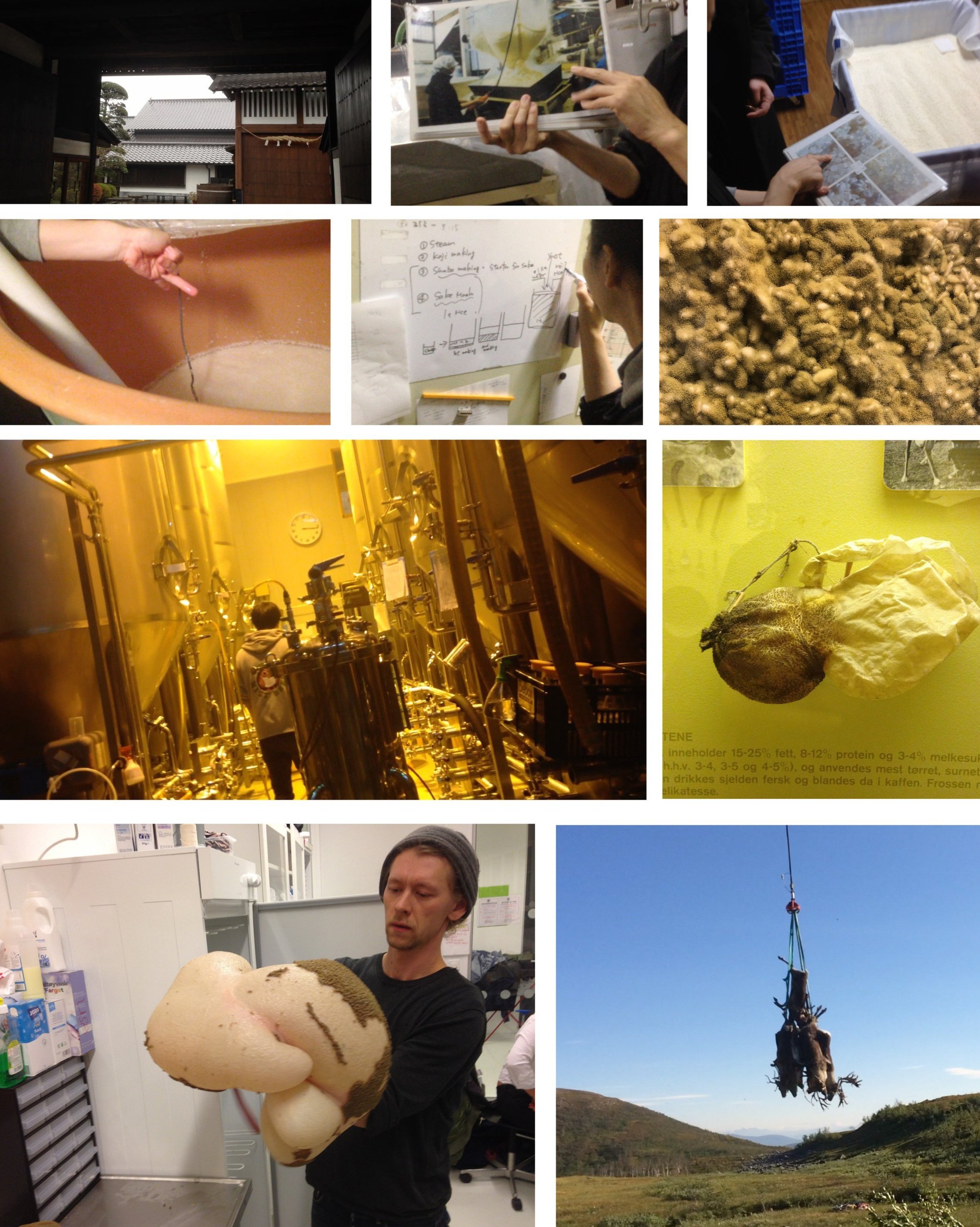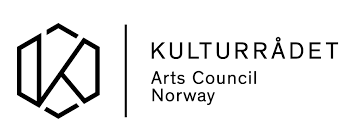DEVILS APRON - A JOURNEY IN SEAWEED, PUNK AND BREWING CULTURE OF THE NORTH
-An interdisciplinary art project by Kåre Aleksander Grundvåg & Trond Ansten
We are searching for the lost knowledge of brewing with seaweed. Inspired by a historical rumor that the Inuit of Kamchatka made an alcoholic beverage from red algae, we set out on a journey to find the recipe. Along our trail we`re exploring traditional refining processes in the light of new science, poetry and good conversations.
Our project ducumentary follows the first year of our quest and had its premiere at Gallery Napa in Rovaniemi where we presented the first rendition of our brew during the exhibition «Young Arctic Artist» in 2016. After that it has followed our exhibitions and has been screened a number of places.
We were inspired by a historical rumor that the Inuit on Kamchatka once made an alcoholic brew from seaweed and started the interdisciplinary art project Devils Apron, consisting of Trond Ansten and Kåre Aleksander Grundvåg in the spring of 2016. We set ourselves the goal to create this mythical brew that may have existed, a brew based on seaweed & kelp. This is complicated and that's a good thing, because we like to explore traditional and often forgotten processing methodes and combine these with current technology. We set up the project as a journey where we gathered knowledge from microbiology, seaweed innovators, eco-hippies, culinary science and various art forms.
The social aspect is our centre, meeting over a glass to have a chat. We spice up our exhibitions with process installations from our research, social buildings (often packed with seaweed) and films from our journey in the universe of macrealgae. The glass and the setting both taste rather different from what you are used to, and this has sparked many good conversations and discussions about the northern region, our relation to natural resources, dying traditions and thoughts about the future.
After testing a number of yeast types in the brewing process with seaweed, we arrived at our favourite: Kveik. This is a special Norwegian beer yeast that was handed down from father to son through generations via the so-called Kveikstokk (Kveik-log). Architecture for preserving yeast cells was hereby developed long before man knew of microorganisms. The technology dates back to around 500 AD.
Kveik ferments at very high temperatures, it can break down complex nutrients and is extremly robust. In the Devil's Apron project, we use Kveik in combination with Lactobacteria to transform seaweed.
Our most important study trips have been to Russia and Japan. While traveling in Russia, we discovered to our great surprise the "Arkhangelsk Experimental-Industrial Seaweed Plant". The factory was founded in 1919 as a result of iodine shortage in Russia after the First World War. It is still going strong and has specialized on medicines and cosmetics from algae throughout a century. Their knowledge of mapping out the biomass of macrolagae growth and sustainable harvesting in the White Sea slided right into our project.
Japanese kitchen is widely known for its extensive use of seaweed in all forms and shapes. Less known is perhaps "Koji", an Asian mold that occurs in peculiar caves. Koji is the very key to the Japanese kitchen. The mold has been used for millenniums to transform rice and beans into sake, miso and soy sauce. After training with Japanese brewers in Tokyo, we were able to addapt Nordic seaweed to the mold and experimented with the spores' powerful enzymes to break down complex carbohydrates.
We were then on the surch for new and powerful methods to ferment the brew, and researched liquid containers from Sami tradition as fermentation vessels. The reindeer's stomach and bladder were used as containers for freeze-drying of milk and blood. The stomach's property makes this possible as the membrane is semipermeable and with that breathes. This is good news both for old yeast varieties such as our Kveik and Asian molds which need oxygen in a closed environment to work well. Our aim was to present works in a social form that combined Norwegian, Russian, Sami and Asian knowledge with a so far untapped resource in the North, VEGETABLES FROM THE SEA!
Excerpt from the documentary Earth Cycle by Simon Parker where he visited us in Tromsø to learn about seasonal harvesting of seaweed
The project DEVILS APRON has been supported by Nordnorsk kunstnersenter (NNKS), Arts Council Norway, Sparebankstiftelsen SpareBank 1 Nord-Norge, Norske Billedkunstnere (NBK), Troms og Finnmark fylkeskommune & Arkhangelsk Experimental Industrial Algae Factory









